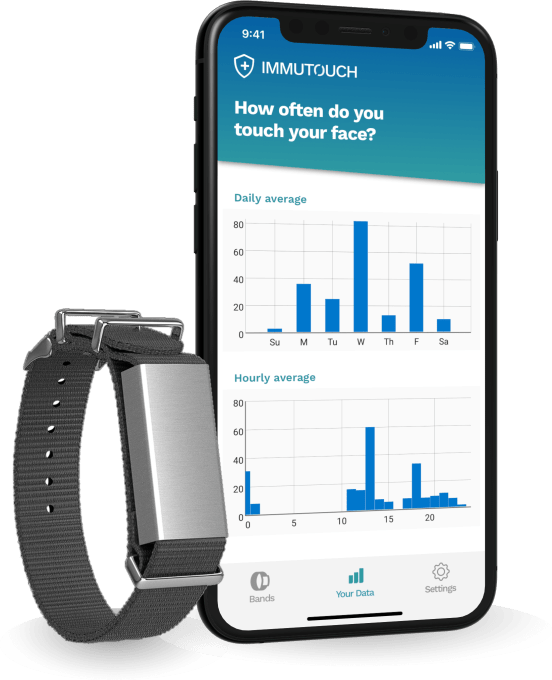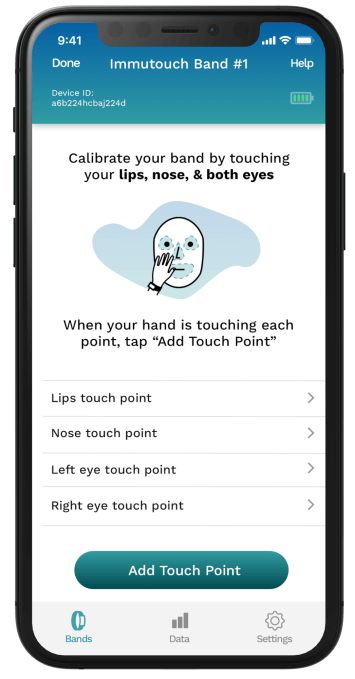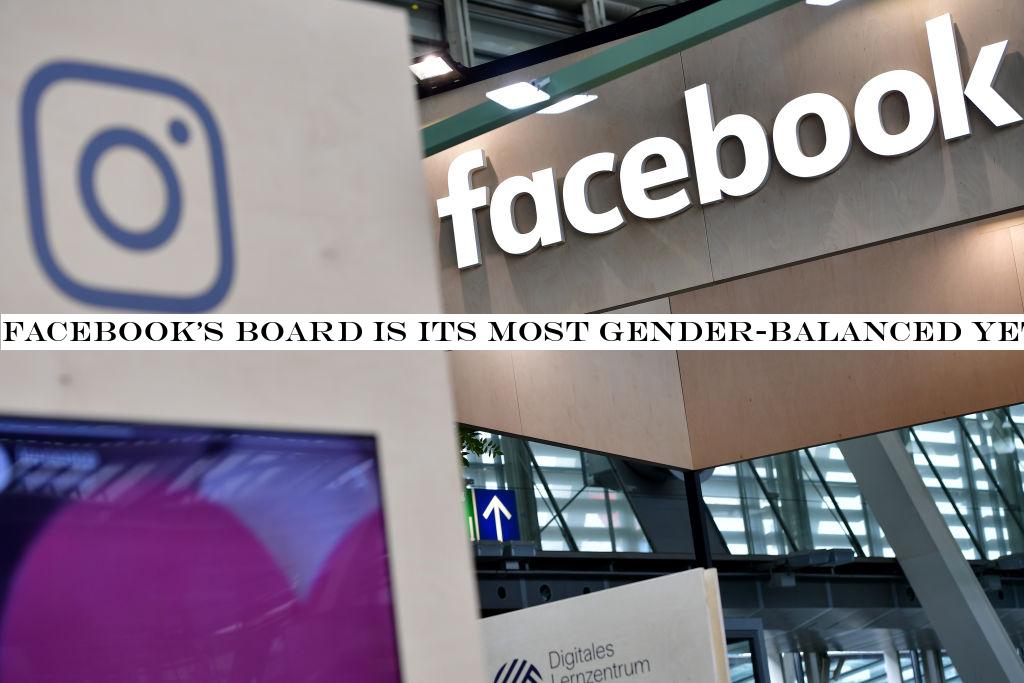Music
Trailers
DailyVideos
India
Pakistan
Afghanistan
Bangladesh
Srilanka
Nepal
Thailand
StockMarket
Business
Technology
Startup
Trending Videos
Coupons
Football
Search
Download App in Playstore
Download App
Best Collections
Technology
Just a few hours after the markets closed the books on one of its worst trading days since the dawn of the financial crisis, President Donald Trump and members of the coronavirus task forcetook to the podium in the White House press briefing room to tease an economic stimulus package in an effort to stabilize shaky markets.
In a brief statement before the press corps, the president hinted at a possible payroll tax cut and emergency support for businesses looking to guarantee that hourly workers are protected from job loss and lost wages as social distancing becomes recommended practice in response to the spread of COVID-19.
&We&re going to be talking about hourly wage earners getting help so that they can be in a position where they&re not going to miss a paycheck,& the president said. &So that they don&t get penalized for something thatnot their fault.&
Trump intends to speak with representatives of the Small Business Administration to create potential loans for small businesses affected by response efforts from federal, state and local governments.
&This is about providing proper tools and liquidity to get through the next few months,& said Treasury Secretary Steven Mnuchin, at the briefing.
The president left the podium without responding to reporters& questions about whether he had been tested for COVID-19, after reports surfaced earlier today that several members of Congress who had met with the president had been exposed to the disease last week at a gathering of national conservative leadership.
Vice President Mike Pence then outlined the latest steps from the U.S. government to respond to the spread of the disease while emphasizing most Americans& risk of contracting the disease remained low.
&The risk of contracting the coronavirus to the American public remains low and the risk of serious disease also remains low,& the vice president said yet again.
Meanwhile, the American private health industry is working overtime to develop vaccines, treatments and diagnostic testing tools to buttress the work being done in national laboratories.
As more private tools come to market, the question will be who will ultimately foot the bill for treatment of the disease as it spreads.
Some epidemiologists contend that the U.S. remains unprepared for the severity of the diseasespread, and that even a good scenario means that millions of Americans will be sickened and need some sort of consultation or care.
The governmentresponse to stabilize markets follows the advice laid out in a series of policy suggestions from the International Monetary Fund and advocated by Dr. Scott Gottlieb, the former head of the Food and Drug Administration, who has returned to the private sector as a managing director of the venture capital firm NEA.
- Details
- Category: Technology Today
Read more: President teases stimulus package to boost a US economy hit by COVID-19 fears
Write comment (94 Comments)
When Zapier was founded in 2011, it was a side project for three friends from Missouri who wanted to make it easier to connect any one web app to another. Nine years, millions of users and around 300 employees later, itone of the most highly valued companies to ever go through Y Combinator — and they did it all with a team that is entirely remote.
I chatted with Zapier co-founder and CEO Wade Foster to find out why they decided to go remote from the start, and how the company addresses the challenges of scaling up a distributed team. Hereour chat, lightly edited for brevity and clarity.
TechCrunch: Why remote?
Wade Foster: I&ll give you a little of the origin story.
We started as a side project… and side projects can&t afford offices. So we&re kind of working via coffee shops, our apartments, wherever we could get the job done.
We moved out to the Bay Area from Columbia, Missouri for [Y Combinator] . That summer, we were all three in the same apartment — the only time in the companylife cycle where the whole company was together. At the tail end of that, Mike, one of my co-founders, moved back to Missouri to be with his then-girlfriend/now-wife as she was wrapping law school. So we were remote by necessity there.
- Details
- Category: Technology Today
Read more: Zapier CEO Wade Foster on scaling a remote team up to 300 employees
Write comment (99 Comments)In the age of coronavirus, we all have to resist the urge to touch our faces. Ithow the virus can travel from doorknobs or other objects to your mucus membranes and get you sick. Luckily, a startup called Slightly Robot had already developed a wristband to stop another type of harmful touching — trichotillomania, a disorder that compels people to pull out their hair.
So over the last week, Slightly Robot redesigned their wearable as the Immutouch, a wristband that vibrates if you touch your face. Its accelerometer senses your hand movement 10 times per second. Based on calibrations the Immutouch takes when you set it up, it then buzzes when you touch or come close to touching your eyes, nose, or mouth. A companion app helps you track your progress as you try to keep your dirty mitts down.

The goal is to develop a Pavlovian response whereby when you get the urge to touch your face, you don&t in order to avoid the buzzing sensation. Your brain internalizes the negative feedback of the vibration, training you with aversive conditioning to ignore the desire to scratch yourself.
&A problem the size of COVID-19 requires everyone to do their part, large or small,& says Slightly Robot co-founder Matthew Toles. &The three of us happened to be uniquely well equipped to tackle this one task and felt it was our duty to at least try.&
The Immutouch wristbands go on sale today for $50 each and they&re ready for immediate shipping. You can wear it on your dominant hand that you&re more likely to touch your face with, or get one for each arm to maximize the deterrent.
&We&re not looking to make money on this. We are selling each unit nearly at cost, accounting for cost of materials, fabrication, assembly, and handling& co-founder Justin Ith insists. Unlike a venture-backed startup beholden to generating returns for investors, Slightly Robot was funded through a small grant from the University of Washington in 2016 and bootstrapped since.

Slightly Robot and Immutouch co-founders (from left): Joseph Toles, Justin Ith, and Matthew Toles
&We built Immutouch because we knew we could do it quickly, therefore we had the obligation to. We all live in Seattle and we see our communities reacting to this outbreak with deep concern and fear& Slightly Robot co-founder Justin Ith tells me. &My father has an autoimmune disease that requires him to take immunosuppressant medication. Being in his late 60with a compromised immune system, I&m trying my best to keep the communities around him and my family clean and safe.&

How to calibrate the Immutouch wristband
Based on a study using wearable warning devices to deter sufferers of trichotillomania from ripping out their hair, Immutouch could potentially be effective. University Of Michigan researchers found the vibrations reduced long and short-term hair pulling. Ith admits you have to actually heed the warnings and not itch to instill the right habit, and it doesn&t work while you&re lying down. The Immutouch stops short of electrically shocking you like the older gadget called Pavlok thatdesigned to help people quit smoking or opening Facebook.
Perhaps smartwatch makers like Apple could develop cheap or free apps to let users train themselves using hardware they already own. But until then, Ith hopes that Immutouch can gain some initial traction so &we can order larger quantities, reduce the price, and make it more accessible.&
Modern technologies like Twitter for rapidly sharing information could encourage people to take the right cautionary measures like 20-second handwashing to slow the spread of coronavirus. But having phones we constantly touch — before, during, and after we use the restroom — and then press against our faces could create a vector for infection absent from pandemics of past centuries. Thatwhy everyone needs to do their part to smooth out the spike of sickness so our health systems aren&t overrun.
Ith concludes, &Outbreaks like this remind us how we each individually affect the broader community and have a responsibility to not be carriers.&
- Details
- Category: Technology Today
Read more: Immutouch wristband buzzes to stop you touching your face
Write comment (96 Comments)
On Monday, Facebook announced the addition of two new names to its board of directors, Nancy Killefer and Tracey T. Travis.
Killefer brings potentially valuable government insight to Facebook, as she served in the U.S. Department of the Treasury during the Obama administration. With last yeardeparture of former Clinton administration chief of staff Erskine Bowles, Facebookboard lost one of its voices with deep government experience.
In addition to her time in the treasury, Killefer held various leadership roles at global consulting firm McKinsey - Company over 30 years and currently serves on the board of Cardinal Health. She previously held a board seat with Avon.
&I&m excited to join the board of Facebook, a company that is at the center of the biggest debates about technology and society,& Killefer said in the investor press release. &The next few years are likely to shape the internet for generations to come and I hope to contribute to Facebookefforts to be a responsible force for good in the world.&
Travis, Facebookother board pick, joins from Estée Lauder, where she currently serves as EVP and CFO for the cosmetics company. While Killefer brings public sector experience, Travis offers a &strong finance and corporate leadership background,& per Zuckerberg, and plenty of consumer and retail finance experience from roles with Ralph Lauren, Limited Brands, Inc., Pepsi and General Motors. In a press release, Travis expressed optimism about Facebook and the &power of technology and innovation to change our world for the better.&
Facebook lost three board members last year, first Bowles and Netflix CEO Reed Hastings, known to clash openly with Zuckerberg, and later Dr. Susan Desmond-Hellmann, former CEO of the Bill - Melinda Gates Foundation. Last month, Facebook added Mark Zuckerbergclose personal friend, Dropbox CEO Drew Houston to its board. This monthadditions fill in the remaining gaps.
Facebookboard now consists of Zuckerberg, PayPalPeggy Alford, Marc L. Andreessen of Andreessen Horowitz, General CatalystKenneth I. Chenault, DropboxHouston, Founders FundPeter Thiel, Cranamere GroupJeff Zients, Facebook COO Sheryl Sandberg and the two new names. With the addition of Killefer and Travis, the board is at its most gender-balanced yet, with four women and six men filling the seats.
In recent years, Facebook has faced multiple outside proposals from shareholders to remove Zuckerberg from his chairman position, but his board has historically held fast. Itunlikely that the company has brought anyone on particularly willing to rock the boat, but we&ll be following the new dynamics as the companylatest board members settle in.
- Details
- Category: Technology Today
Read more: Facebook’s board is its most gender-balanced yet with two new additions
Write comment (97 Comments)
We here at TechCrunch are watching the novel coronavirus situation closely, as most of you likely are.
In addition to our editorial coverage of the effects of the novel coronavirus on the business of entrepreneurship — and the ways that technology can help — we have a number of events planned for 2020, including TC Early Stage in April in San Francisco and our TechCrunch Sessions: Mobility event in May in San Jose.
As of now we have not cancelled any of our events for the year, but we continue to monitor the situation very closely on a daily basis.
Our primary goal is to make sure we proceed in a conscientious and careful manner that takes into account local, state and federal guidance as well as our own personal care for all of our event attendees.
Just as it is with all of the members of our editorial and business staff, you&re the TechCrunch family and we will make sure that any decisions we make have you at heart, no matter what.
Much like the companies we cover, TechCrunch has always tried to stay nimble and adopt new ways of serving our readers. We&re in the process now of thinking hard about how to deliver on the promise of our events in a COVID-19 world. Stay tuned, we&ll have some interesting announcements ahead.
Over the years we&ve experimented with many virtual events like our huge Disrupt SF Virtual Hackathon and hosted hybrid virtual interviews on our stages, like the memorable chat at Disrupt in 2014 with Clayton Christensen and Bill Hambrecht — not to mention our coverage of and experimentation with just about every virtual telepresence platform ever invented. Whatever happens, you can depend on us to find interesting and innovative ways to bring together tech entrepreneurs, students, academics, investors and anyone passionate about building to talk, inspire and innovate like hell.
If you want to keep track of current updates to our plans for TechCrunch events throughout the year, please use this page as your resource of record.
As always, we&ll keep you posted. Thank you.
- Details
- Category: Technology Today
Read more: TechCrunch Events and coronavirus
Write comment (98 Comments)
Cadillac has cancelled the upcoming debut of the Lyriq, an all-electric mid-sized SUV designed to be an entry point into luxury brandnew EV lineup, over concerns about the COVID-19 outbreak.
GMluxury brand had planned to reveal the Lyriq on April 2 at an event in Los Angeles.
COVID-19, a disease caused by a new virus that is a member of the coronavirus family and a close cousin to the SARS and MERS viruses that have caused outbreaks in the past, has caused governments and companies to cancel tech, business and automotive events around the world. The Geneva International Motor Show was cancelled, as well as MWC in Barcelona and the SXSW festival in Austin, Texas.
The GM brand said in a statement that the event was being cancelled &out of an abundance of caution.&
Herethe statement from Cadillac:
As you are aware, the situation in relation to the COVID-19 (novel coronavirus) outbreak in the U.S. continues to develop.Now, several states have declared a State of Emergency and the number of cases continues to climb.
Out of an abundance of caution, we have made the difficult decision to cancel the Cadillac LYRIQ reveal in Los Angeles, California on April 2nd. We are currently evaluating future plans and will be touch soon with an update. Our top priority is the safety of our media guests and employees. We have been working with GM Medical and Security to monitor the situation closely and have been following recommendations for the U.S. Centers for Disease Control and the World Health Organization.
The Lyriq is just one in a roster of electric vehicles that GM plans to bring to market in the next two years. The automaker revealed March 4 a sweeping plan to produce and sell EVs that hinges on a new electric architecture that will support a wide range of products across all of its brands, including Buick, Cadillac, Chevrolet and GMC. The EV portfolio will include everything from compact cars and work trucks to large premium SUVs and performance vehicles.
This modular architecture, called &Ultium,& will be capable of 19 different battery and drive unit configurations, 400-volt and 800-volt packs with storage ranging from 50 kWh to 200 kWh, and front-, rear- and all-wheel drive configurations.
The Cruise Origin, a self-driving, electric shared vehicle that was shown in January, was the first product under this new EV strategy to be revealed to the public. The reveal of Cadillac Lyriq SUV was supposed to come next, followed by the GMC Hummer EV on May 20.The Hummer event has not been cancelled.
- Details
- Category: Technology Today
Read more: Cadillac cancels debut of all-electric Lyriq over COVID-19 concerns
Write comment (99 Comments)Page 1260 of 1416

 6
6






 (@mims) March 9, 2020
(@mims) March 9, 2020